As the next event in a series of discussions centring on Richard Francis-Jones’ book comes to Brisbane, we hear directly from the speakers on fences, villas and the importance of critical community.
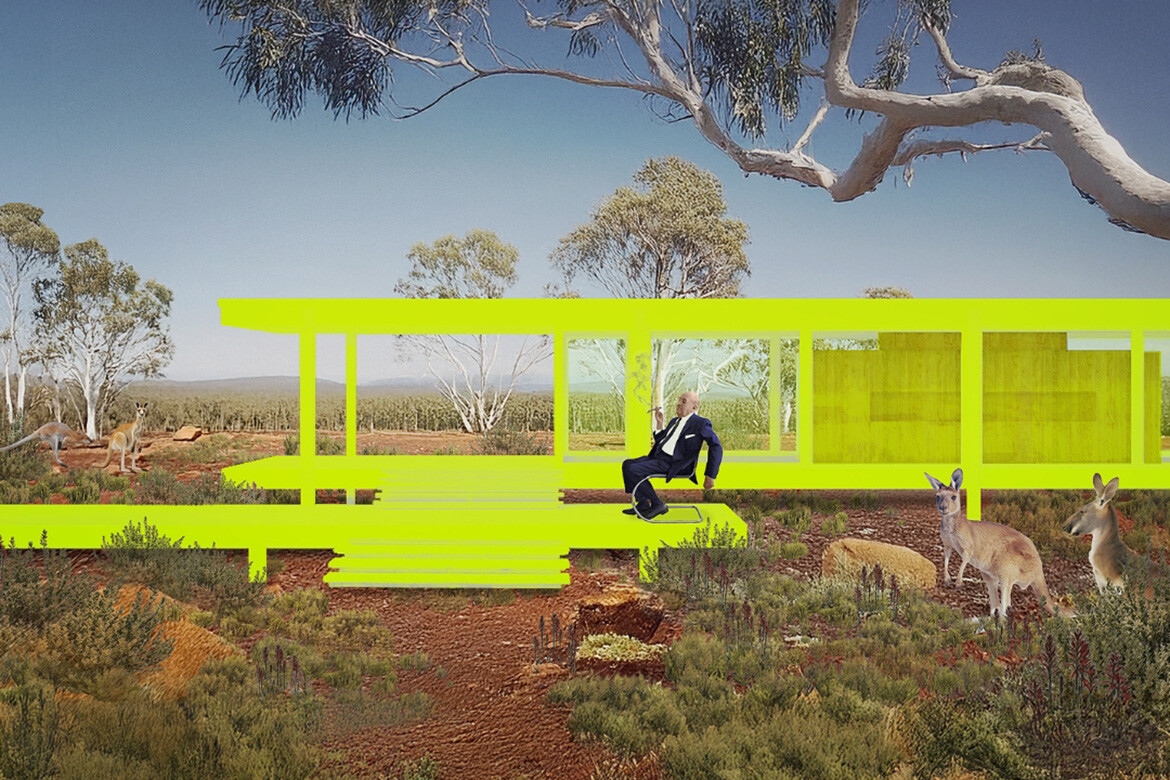
August 29th, 2025
Presented again in partnership with the Australian Institute of Architects (Queensland Chapter) and Think Brick Australia, the fjcstudio architecture theory roadshow will make its way to Brisbane on Thursday 11th September. ‘The Fencing of Architecture and the Villa of the Architect’ will run from 5:30pm to 9:30pm in Cinema A at Queensland Art Gallery | Gallery of Modern Art (GOMA), South Brisbane.

Speakers include Richard Francis-Jones (Design Director, fjcstudio), Dr. Zuzana Kovar (Co-director, zuzana&nicholas), Dirk Yates (Director, Speculative Architecture), Erin McDonald (Associate Director, Blaklash) and Chris Saines CNZM (Director, QAGOMA). The event will also count for one formal CPD point.
We’ve previously reviewed Richard Francis-Jones’ book, ‘Truth and Lies in Architecture’, as well as covering other events in the series here and here. So, this time, we thought we’d hear directly from the participants themselves.
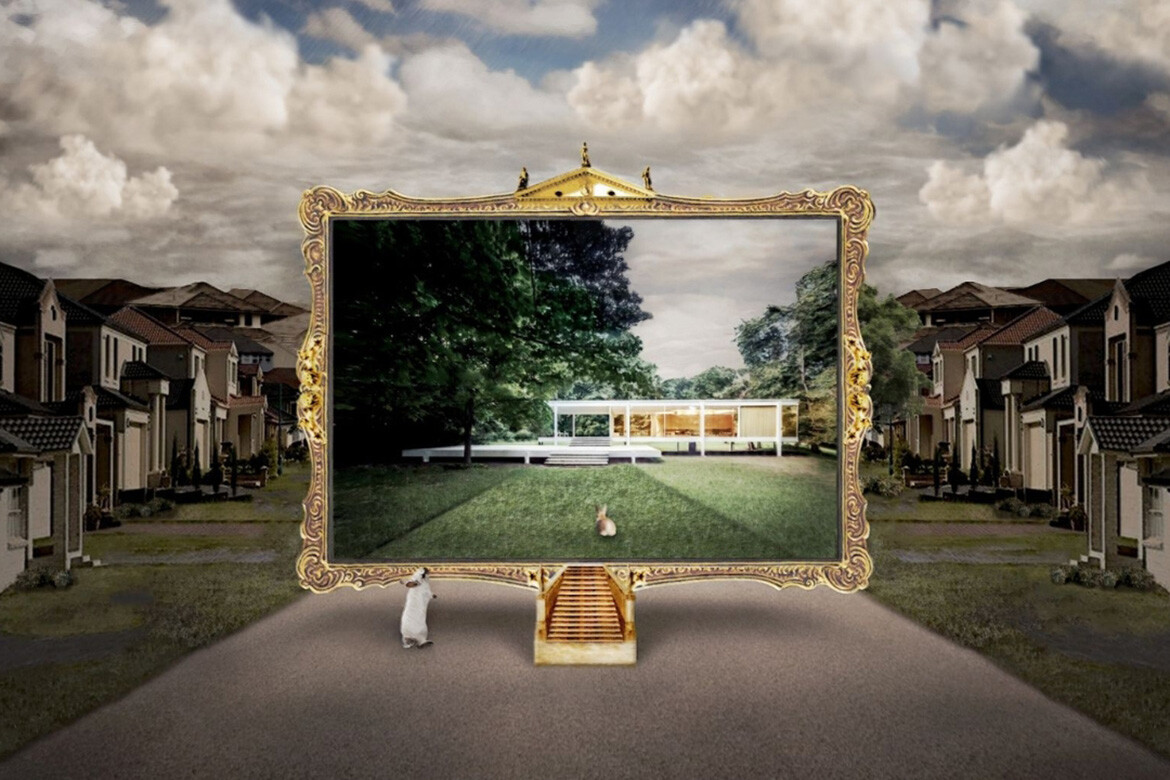
Timothy Alouani-Roby (TAR): This event delves into one chapter from your book – can you summarise what the book is about and why you wrote it?
Richard Francis-Jones (RFJ): I wrote this book with a sense of architectural camaraderie at the struggles we face in this time of profound challenge. Architecture today is pressed on all sides by cultural, environmental and social crises, and yet the conditions in which we practice are too often debilitating, reducing us to service and spectacle. I wanted to look more deeply into the nature of these conditions, and into the essence of architecture itself.
The book is a series of short explorative essays that, like little excavations, attempt to probe beneath the surface, to expose layers of meaning, contradiction and possibility. They are not intended to deliver any conclusions, but to open space for doubt, provocation and even direction.
‘The Fencing of Architecture and the Villa of the Architect’ is one of these little excavations.
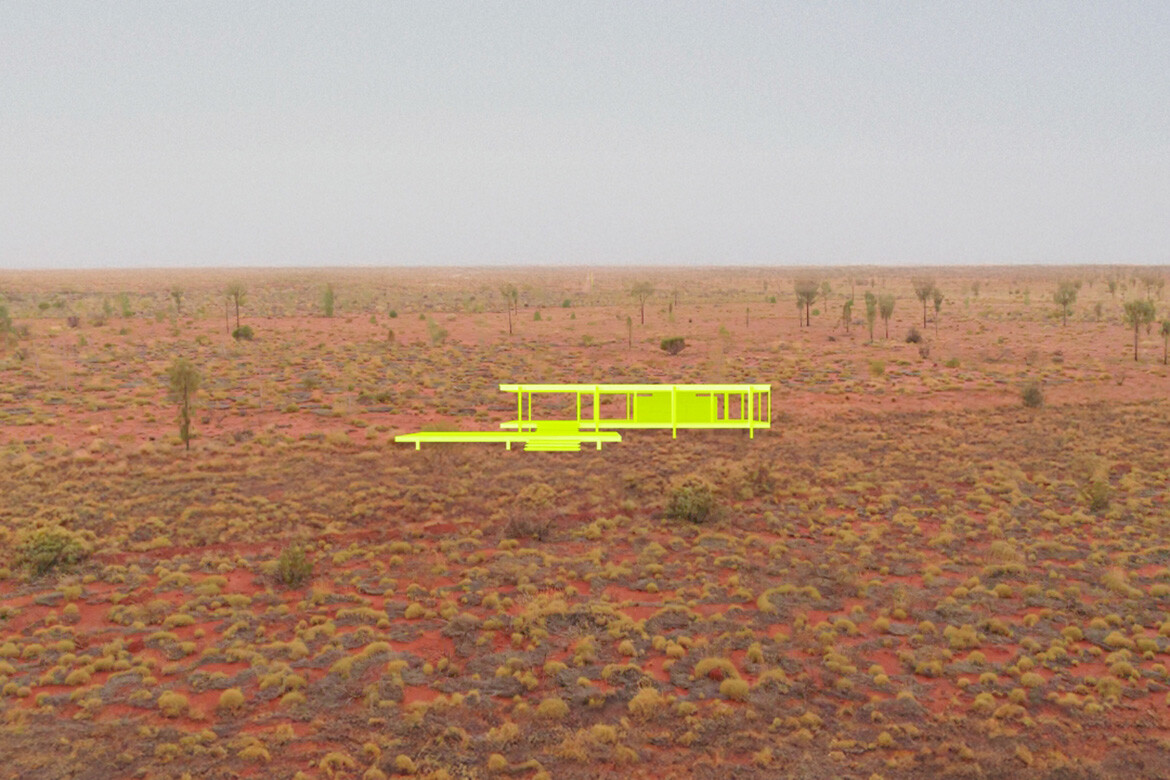
TAR: Why are the fence and villa such pivotal symbols or metaphors?
Dirk Yates (DY): Villas tend to infer privilege – a favourable position. Fences – exclusion and defensive protection. I think only the tower is more potent – expressing both privilege and defence.
Zuzana Kovar (ZK): The fence and the villa have both colonial and ecological implications, and these are highly relevant and topical issues.
Erin McDonald (EM): The fence and villa are powerful metaphors because they speak to ideas of division, ownership, privilege and access. The fence can represent separation; between people, between cultures, or between humans and Country, while also raising questions about who is kept in and who is kept out. The villa, on the other hand, embodies ideals of aspiration, domesticity, and imposed notions of ‘civilisation’ that have shaped our built environments. Together, these symbols allow us to interrogate the cultural, political and historical forces that continue to shape design, architecture and place-making today.
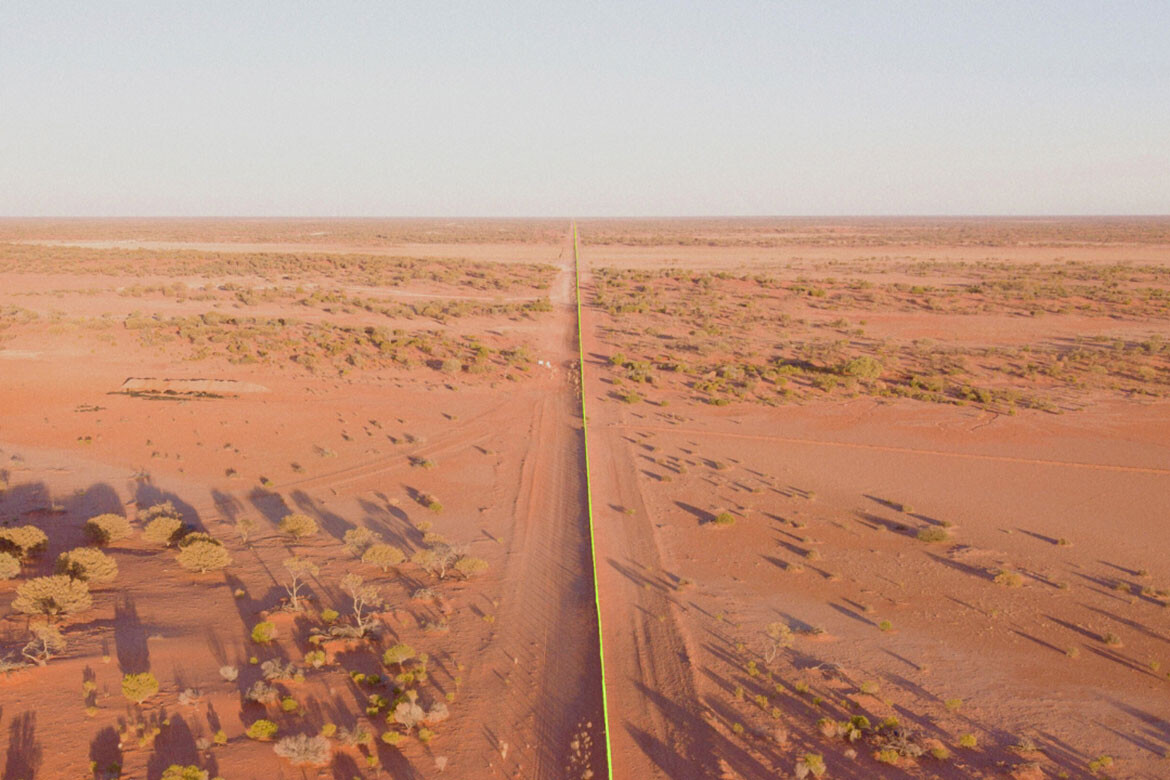
RFJ: The fence and the villa are not simply architectural devices; they are profound cultural acts that have reshaped our relationship to this land and each other. They divide and domesticate the ground to suit our habitation, but at what cost? Do we truly feel at home within them, or have they become instruments of estrangement?
These typologies have insinuated themselves so deeply into our collective imagination that they now stand as symbols of all that we aspire to: security, comfort and retreat, while at the same time enacting the very separations and exclusions that deny belonging. To understand the fence and the villa is to understand how architecture has been complicit in forging the hegemonic landscape of suburbia: a landscape of enclosure, exclusion and isolation.
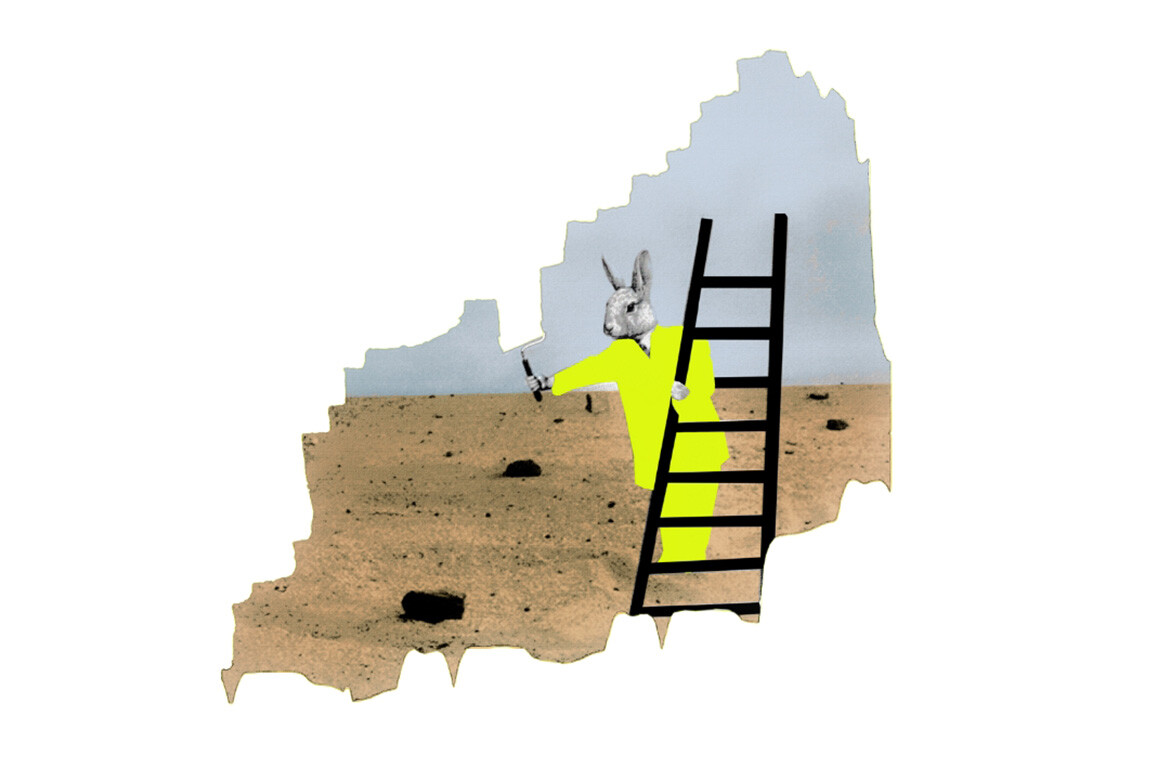
TAR: Why are events such as this Brisbane one important for a healthy design community?
EM: Events like this are vital because they create space for dialogue, reflection and critical exchange outside of day-to-day practice. They challenge us to step back and examine the values embedded in design, not just its aesthetics or functionality. A healthy design community needs moments of collective learning, to hear different voices, engage with complex histories and broaden perspectives. By coming together in conversation, we strengthen our ability to design with empathy, cultural awareness and long-term responsibility.
DY: Architects regularly share ideas and reflective attitudes with other architects. Engaging a wider audience outside of the profession affords the opportunity to exchange ideas with individuals with a diversity of views that may also have greater agency.
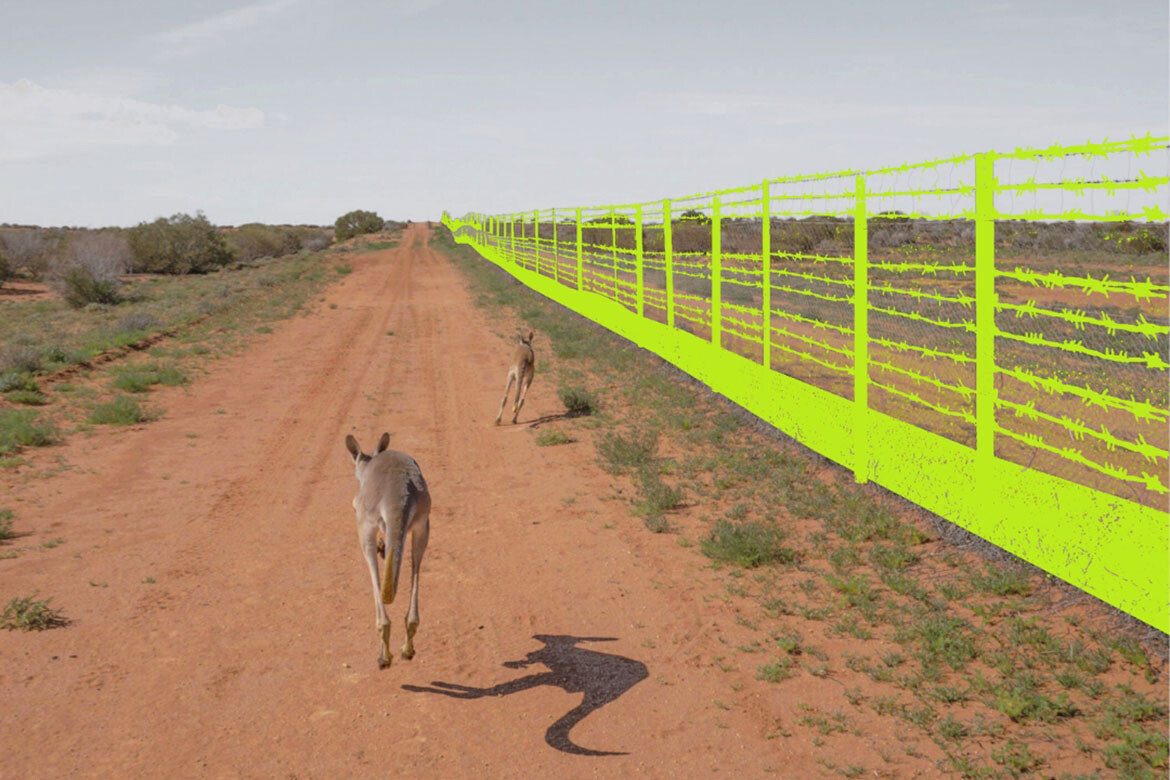
ZK: Curated events such as this one seek to bring attention to relevant built environment topics that are critical and have wide reaching implications. Discussion and criticism of such topics is not only important for the design community but also the general public.
RFJ: Events such as this allow us to step aside, for a moment, from the relentless demands of promotion and production. They open a pause, a clearing, in which we can reflect more deeply on the meaning and consequence of our work. For a design community to gather around ideas is an act of collective health. It demonstrates our willingness to question ourselves, to embrace doubt, and to find support in camaraderie and shared reflection. These conversations remind us that architecture is not only about what we build, but about how we think.
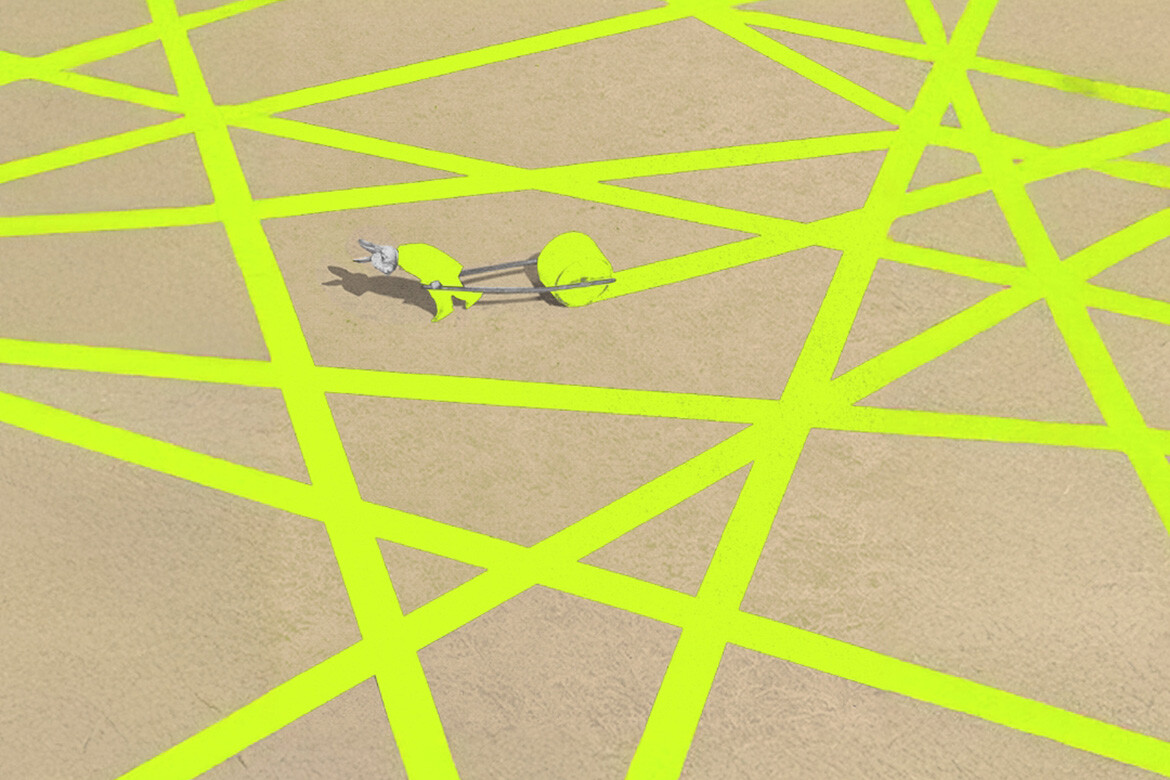
TAR: What are you hoping people will take away from the event?
DY: Brisbane City Council, through its planning schemes, has setup a largely ‘either-or’ approach to individual dwellings and residential towers. It pays lip service to principles of civicness and neighbourhood planning in the development of a cosmopolitan city. I hope our discussions encourage critical reflection on recent historical, present and future built works in our city, as an impetus for a more progressive local government.
EM: I hope people leave with a deeper awareness of the cultural and historical layers that underpin our built environment, and how symbols like the fence and villa still influence the way we live and design today. More importantly, I’d like attendees to feel encouraged to question their own practice, to consider how design can either reinforce exclusion or open up new possibilities for connection, care and cultural respect. Ultimately, the takeaway should be a renewed sense of responsibility: that design is not neutral, and every decision we make contributes to the kind of community and Country we are shaping for future generations.
ZK: The hope is that the event opens further conversations about questioning historical typologies in the built environment.
RFJ: Beyond the fine wine, food and camaraderie, I hope the event might offer two things: a moment of respite from the noise and distraction that so often surrounds practice, and a gentle disturbance – an unsettling reminder that architecture, even in its silence, has enabled much of what we now struggle against. If the evening can nurture both reflection and provocation, both comfort and discomfort, then perhaps it may also help point towards architecture’s deeper promise: to bind us once again into relation with place, with culture and with each other.
RSVP for tickets to the event here!
fjcstudio
fjcstudio.com

Next up: Richard Francis-Jones comments on public space and protest
INDESIGN is on instagram
Follow @indesignlive
A searchable and comprehensive guide for specifying leading products and their suppliers
Keep up to date with the latest and greatest from our industry BFF's!
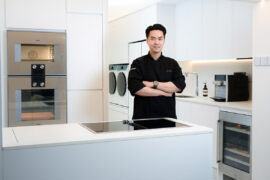
Now cooking and entertaining from his minimalist home kitchen designed around Gaggenau’s refined performance, Chef Wu brings professional craft into a calm and well-composed setting.
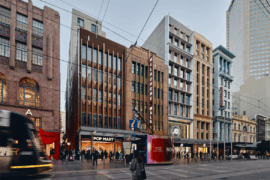
Merging two hotel identities in one landmark development, Hotel Indigo and Holiday Inn Little Collins capture the spirit of Melbourne through Buchan’s narrative-driven design – elevated by GROHE’s signature craftsmanship.

For a closer look behind the creative process, watch this video interview with Sebastian Nash, where he explores the making of King Living’s textile range – from fibre choices to design intent.
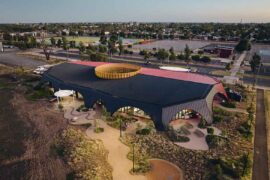
At the Munarra Centre for Regional Excellence on Yorta Yorta Country in Victoria, ARM Architecture and Milliken use PrintWorks™ technology to translate First Nations narratives into a layered, community-led floorscape.
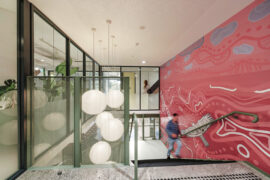
From radical material reuse to office-to-school transformations, these five projects show how circular thinking is reshaping architecture, interiors and community spaces.
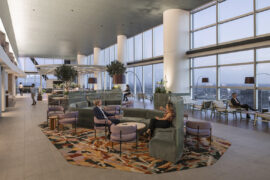
Designed by Woods Bagot, the new fit-out of a major resources company transforms 40,000-square-metres across 19 levels into interconnected villages that celebrate Western Australia’s diverse terrain.
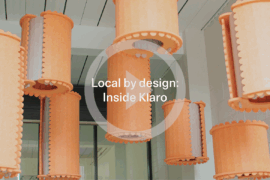
In an industry where design intent is often diluted by value management and procurement pressures, Klaro Industrial Design positions manufacturing as a creative ally – allowing commercial interior designers to deliver unique pieces aligned to the project’s original vision.
The internet never sleeps! Here's the stuff you might have missed
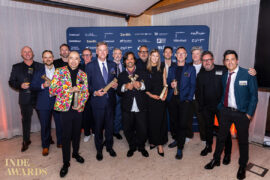
With the opening of the 2026 INDE.Awards program, now is the time to assess your projects, ensure photography is at hand and begin your submissions.
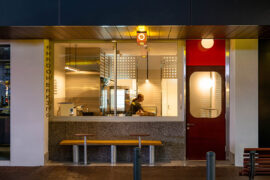
Working within a narrow, linear tenancy, Sans Arc has reconfigured the traditional circulation pathway, giving customers a front row seat to the theatre of Shadow Baking.
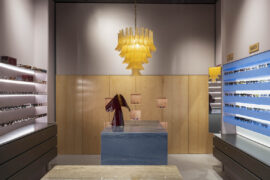
A calm, gallery-like boutique by Brahman Perera for One Point Seven Four brings contemporary luxury and craft to Strand Arcade.
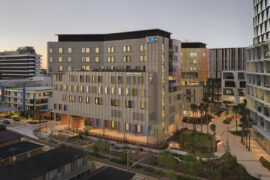
BLP’s new Sydney Children’s Hospital, Randwick building brings together paediatric care, family-centred design and Australia’s first Children’s Comprehensive Cancer Centre in a major addition to the Randwick Health & Innovation Precinct.